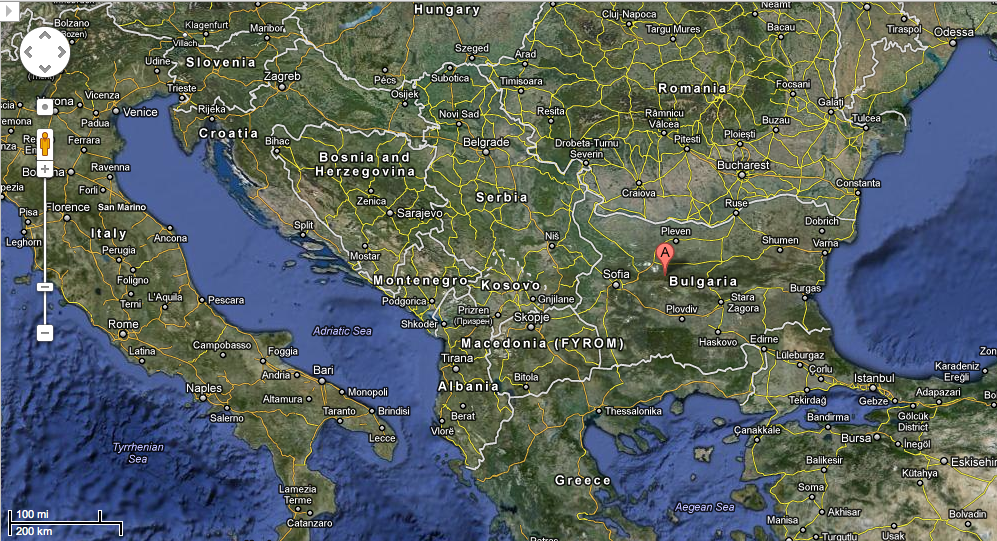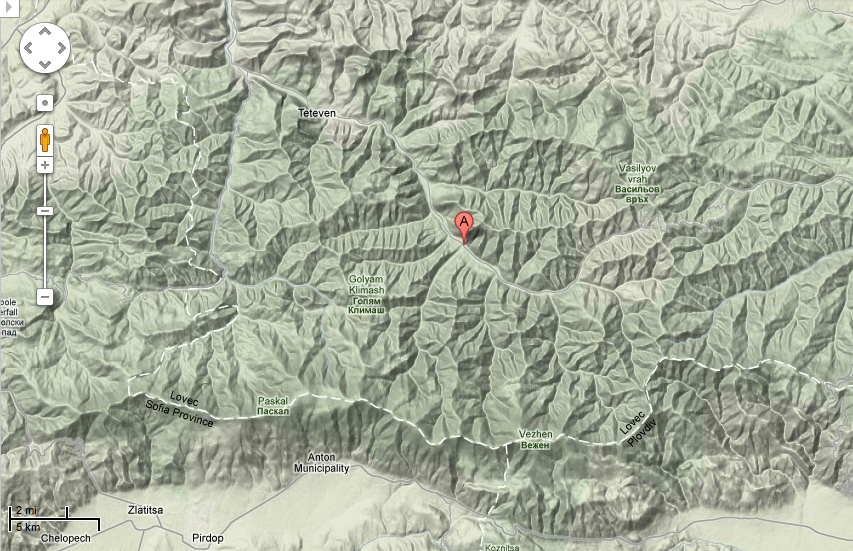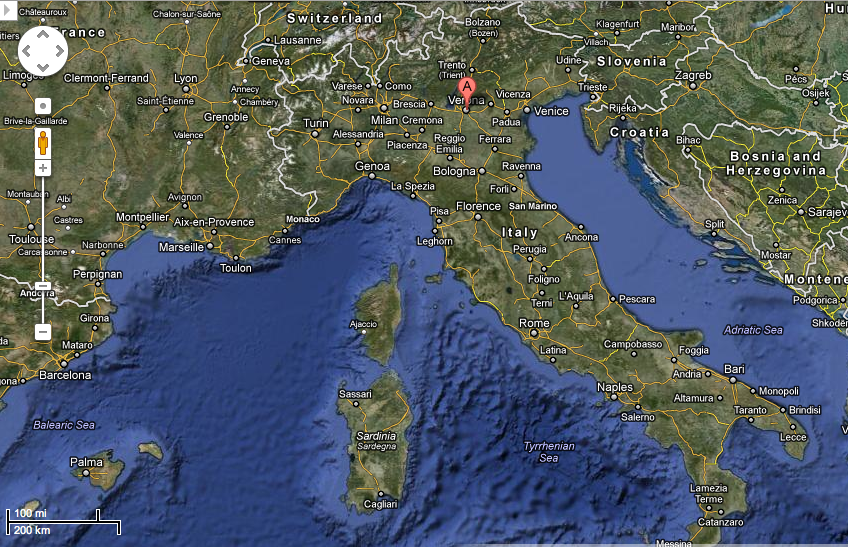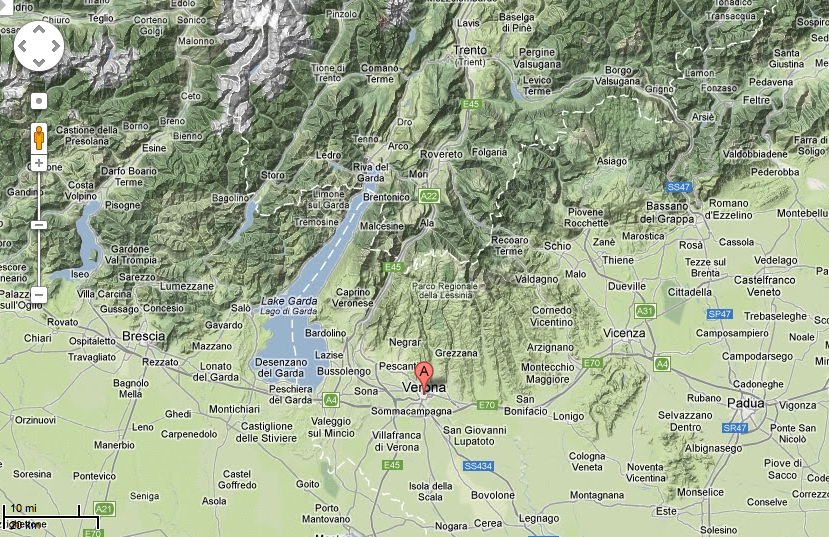|
I've recently been re-reading and integrating some great historical ecological research on European woodlands into our manuscript and thought that the following two case studies might be of interest to our friends and kickstarter backers. There's some great detailed information in the profiles below which should prove invaluable towards helping us clearly design fodder based livestock systems here in North America.
Enjoy! Mark Case Studies - Traditional European Wood Pastures Ribaritsa, Bulgaria The Bulgarian village of Ribaritsa, 10 km southeast of Teteven and 80 km east of Sophia, encompasses both level lowlands and steep slopes stretching 1970-2300’ (600-700m) above sea level. Enjoying a frost free period from mid to late April through late October, the lowest winter temperatures reach about 10℉ (-11℃). Receiving an annual average of 38.7” (982mm) precipitation, the highest monthly totals fall between April and early August, tapering off through the late summer and winter months. In this area, pollarded trees border many of village’s diverse dry meadows dominated by the perennial bunchgrass Chrysopogon gryllus. In July, farmers typically cut hay with scythes. In many Bulgarian pollard meadows, farmers give sheep and goats access to grass and browse both before and during hay making. The annual hay yield varies depending on the precipitation. Meadows average about 4,400 lbs (2000 kg) dry hay per hectare, though in productive years, it’s possible to manage two hay harvests, and yields may reach as much as 11,000 lbs (5000 kg) dry hay per hectare. Except for the ‘collective farm period’ (post World War II though the late 1980s) when meadows were fertilized with up to 175 lbs of N and P fertilizer per acre (440 lbs or 200 kg per hectare), the only fertilizer farmers apply comes in the form of manure. Farmers actually only pollard trees during dry seasons, when the hay harvest falls short of their needs. From mid-July through September’s end farmers harvest leaf fodder from hedge maple (Acer campestre), Norway maple (A. Platinoides), hornbeam (Carpins betulus), oriental hornbeam (C. orientalis), ash (Fraxinus excelsior), black mulberry (Morus nigra), oak (Quercus spp. - except for Q. cerris which is the animals do not eat), white willow (Salix alba), large leaved linden (Tilia platyphyllos) and elm (Ulmus spp.). Only in years of severe feed shortage do they use European beech (Fagus sylvatica), while black alder (Alnus glutinosa) remains even less common. They collect the nuts from hazel (Corylus avellana) and use the leaves medicinally to treat prostate problems and kidney disease in humans. Typically harvesting fodder on a 3-4 year rotation, farmers climb the pollards, severing leafy twigs 3.3-5’ (1-1.5m) long with an axe and piling them for later bundling. They tie bundles with a branch of the same tree or twigs of Salix alba or Clematis vitalba. They store these bundles, or leaf sheathes in a barn or on a platform raised 6.6-9.8’ (2-3m) heigh spanning between 2 trees. Two workers can harvest 141 ft3 (4 m3 or 5.2 yd3) worth of fodder a day. Unless annual hay yields fall well short of needs, farmers in Ribaritsa only feed leaf fodder to goats, providing cows, sheep, horses, mules and donkeys with hay. On average one sheep or goat requires about 220 lbs (100 kg) dry hay or 35 ft3 (1 m3) leaf fodder per winter. Valdagno, Vicenza, Italy Here we present a summarized case study of Elena Bargioni and Alessandra Zanzi Sulli’s article “The Production of Fodder Trees in Valdagno, Vicenza, Italy” from The Ecological History of European Woodlands edited by Keith Kirby and Charles Watkins. Their article offers a detailed look at the management of a small livestock farm in the Agno Valley of northeastern Italy. With a humid subcontinental climate and 58.6” (1489 mm) mean annual precipitation, the area experiences long, cold winters and hot summers with a broad annual temperature range. Located along the Agno River at an altitude of 2635’ (800 m) in the village of Castelvecchio, the farm’s soils derive from basalt bedrock and the steep slopes are prone to frequent landslides. The aspect of the farm’s various plots have clearly informed their use. Southeast-facing slopes were tilled, while meadows occupied the those aspects possessing less fertility, poor drainage and colder microclimates. The wood pastures and woodlands were largely relegated to the northwestern slopes. From the 1920s until 1992, the farm produced 1/3 of their annual fodder needs from managed pollards. Mainly comprised of ash (Fraxinus excelsior), but also including black alder (Alnus glutinosa), black poplar, (Populus nigra) cherry (Prunus spp.), maple (Acer spp.) and elm (Ulmus spp.), most trees were managed for fodder production with pollards distributed throughout the pasture either singly, in groups or in rows. Both individual trees and groups of trees usually lie scattered throughout pastures, whereas tree rows form property boundaries or divide tracts of land receiving different types of management. These rows of pollards with shrubs interspersed underneath offer the highest aerial productivity while occupying the least amount of space. The rows consist of ash pollards cut at 15-16.5’ (4.5-5 m) above the ground and hazel, hornbeam and Laburnum anagyroides are coppiced for fuelwood and browsed in the field during dry summers. Since farmers harvest branches every three years and coppice shrubs every two years, the semi-regular management helps minimize the impacts of shade on neighboring crops. Farmers prune the trees’ lateral branches, leaving 6-8” (15-20 cm) stubs called gropi starting 6.6’ (2m) from the ground and ideally spaced about every 20” (50cm) up along the trunk. Farmers often aim to create gropi so that they lie parallel to the tree row and along the inner side of the farmland property borders. Pollard regeneration occurs either from natural seeding or planting. Because pollards produce less seed and livestock browse many developing seedlings, natural regeneration is never completely sufficient. Shepherds often protected seedlings they discovered, surrounding them with thorny vegetation. The farmers raised 4 or 5 Burlina dairy cows, a local breed that produced 2.5 gallons (10 L) milk per day each, 25-30 chickens, a pig, and 2-3 sheep for wool. From November to May, the farmers carried feed to the cows in the barn which included harvested meadow hay, leaf fodder (known as frascari) and grass from the woods that they collected each day as needed. After the second hay mowing sometime between May and October, cattle grazed the wooded pastures and meadows. During drought years farmers supplemented feed rations with green leaves from shredded trees. Farmers harvested two types of fodder from pollards - broco - leaves from shredded/pollarded trees used directly as fodder (often from the thin branches of the crown), and frascari (essentially faggots) - branches and leaves that they harvested, dried and stored for use as winter feed. Farmers most commonly fed stock ash fodder though they also used alder, poplar and hazel fresh. Because beech often emerges early in spring before grasses have emerged, its new shoots provided a valuable early-season feed. Usually every three years, farmers harvest frascari with a billhook, or cortelon, during the second half of August. During the two years between harvests they pick the tree leaves and use them as feed. Farmers actually begin harvesting a pollard by first shredding leaves from the branches comprising the top of the crown, feeding them to cows fresh. They then cut fascari, leaving the stems on the ground to dry for a day. At this point the shoots stretch about 5’ (1.5 m) in length. They then bundle the harvested frascari stems into faggots 10-12” (25-30cm) in diameter and bind them with shoots of Laburnum anagryoides. They leave these faggots standing in the field for another 2-3 days before piling them flat in crisscrossed layers in the barn for storage. It takes 3-4 hours to collect fodder from a single tree, and the case study farm retains 200-300 fodder trees. Each tree produces approximately 17.5 ft3 (1/2 m3) fresh leaves and 8-10 faggots. Annually 85-100 trees produced between 700-1000 faggots. Before feeding to livestock, farmers leave the fodder out during the morning hours to absorb moisture. They then shred the leaves from the branches and feed them to the cows, saving the twigs for fuel. Each cow normally consumes one faggot per day. A productivity analysis of conventional pasture versus wood pasture found that on a hectare for hectare basis, the mix of feed produced from pollarded wood pasture supports one more cow per hectare (0.4 more cows per acre) than feeding from a landscape only producing hay.
57 Comments
|




 RSS Feed
RSS Feed